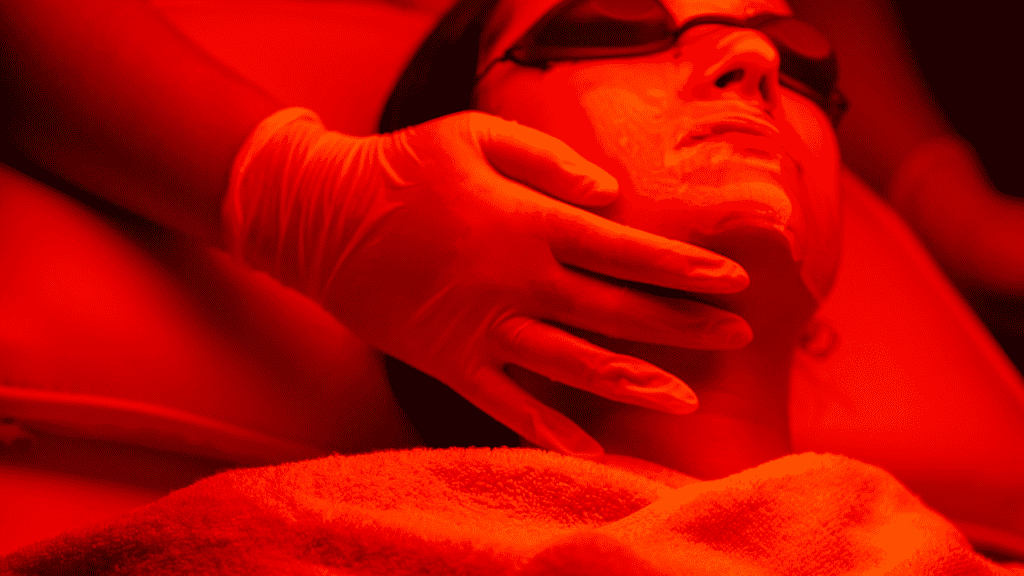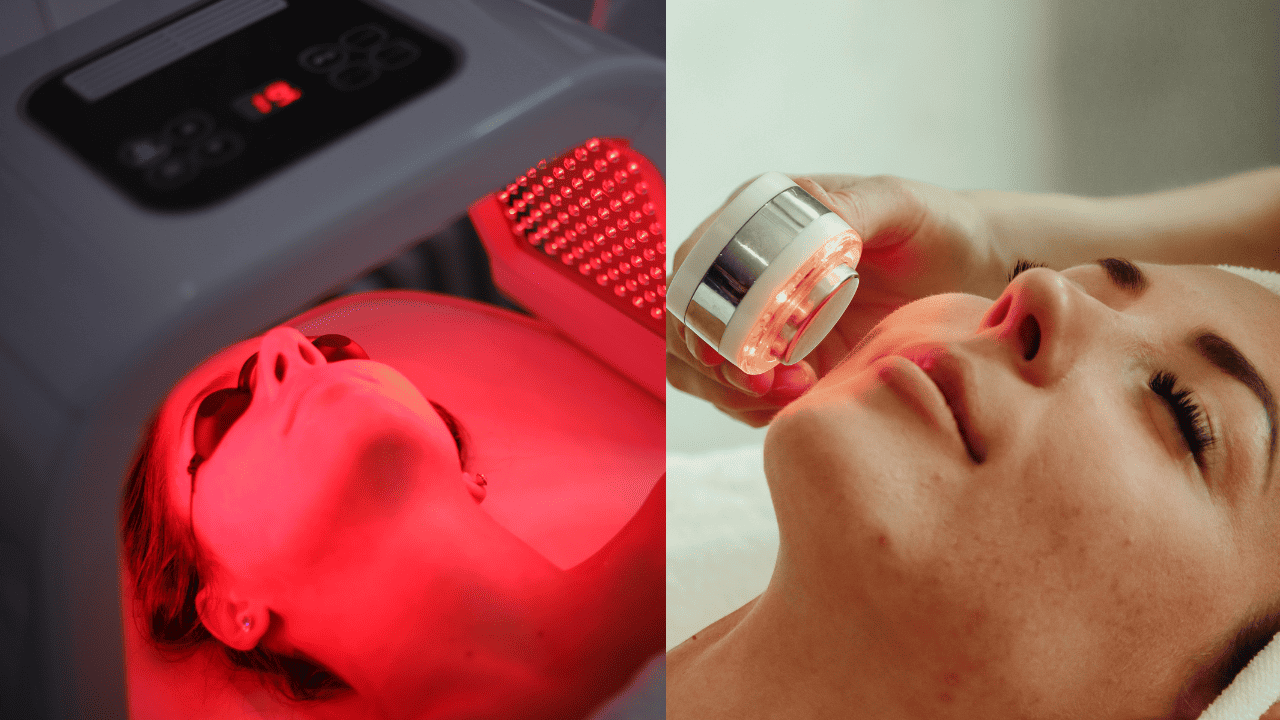In the realm of alternative therapies, red light therapy has emerged as a beacon of hope for various health concerns. Red light therapy, also known as low-level laser therapy, offers potential benefits ranging from skin rejuvenation to muscle recovery. This article delves into a comparative analysis of the two primary forms of Red light therapy devices: panels and handheld units. Our aim is to provide you with a thorough understanding of both, assisting you in making an informed choice for your wellness journey.
Key Takeaways
- Red light therapy panels offer extensive coverage and are ideal for full-body treatments, while handheld devices provide portability and targeted treatment.
- The choice between panels and handheld units should be based on individual needs, with panels suited for widespread issues and handheld devices for specific, localized areas.
- Both panels and handheld Red light therapy devices have unique benefits; safety and adherence to usage guidelines are crucial for effective and safe therapy.
What is Red Light Therapy?

The Science Behind Red Light Therapy
At its core, red light therapy involves exposing the body to low wavelength red light, which is believed to stimulate cellular processes. It operates on the principle that certain wavelengths of light can penetrate the skin and may aid in repairing tissues, reducing inflammation, and enhancing skin health.
Health Benefits and Applications
The potential health benefits of Red light therapy are diverse. Studies suggest it may aid in skin rejuvenation, wound healing, muscle recovery, and even the management of chronic conditions like arthritis. However, it’s crucial to understand that Red light therapy is not a panacea and should ideally complement conventional medical treatments.
Red Light Therapy Panels

Features and Functionality
Red light therapy panels are larger devices, often used in clinical settings. These panels can cover larger body areas, making them ideal for full-body treatments. They typically offer a range of light intensities and wavelengths, allowing for more tailored therapy sessions.
Advantages of Panels
The primary advantage of Red light therapy panels lies in their ability to treat extensive areas simultaneously. This is particularly beneficial for overall skin health or conditions that affect large body parts, like back pain or muscle soreness.
Drawbacks to Consider
However, their size and cost can be prohibitive for individual users. Additionally, their lack of mobility means they’re less convenient for people who travel frequently or have limited space.
Handheld Red Light Devices

Design and Usage
In contrast, handheld Red light therapy devices are compact and portable, designed for targeted treatment. These devices are user-friendly and ideal for focusing on specific areas, such as facial skin or localized pain points.
Benefits of Handheld Units
The portability of handheld devices makes them a popular choice for those seeking a convenient, on-the-go therapy option. They are generally more affordable and easier to use for self-administered treatments at home.
- Read More: Affordable Red Light Therapy Devices For Face: Top Picks For 2024
- Read More: Which Red LED Face Mask To Buy: A Comprehensive Guide
Limitations to Bear in Mind
The trade-off, however, is in their smaller coverage area. Handheld units may require longer treatment times if used for large body areas, and their effectiveness might be lower compared to panel units.
Comparative Analysis
Effectiveness
When comparing effectiveness, panels have an edge due to their higher power output and larger coverage. However, for targeted treatments, handheld devices can be equally effective.
Convenience and Versatility
Handheld devices score high on convenience due to their portability. Panels, while less mobile, offer versatility in treating a range of conditions simultaneously.
Cost Implications
Cost-wise, handheld units are generally more budget-friendly. Panels, while more expensive, can be a worthwhile investment for extensive and regular use.
Who Should Use Which Device?
Choosing between a panel and a handheld device should be based on individual needs. If your goal is comprehensive skin treatment or managing widespread body pain, a panel might be more suitable. Conversely, for targeted areas or for those who travel frequently, handheld units are ideal.
User Experiences and Case Studies
Real-life experiences often paint the most accurate picture. Users of panels often report satisfaction with the results for extensive skin conditions and muscle recovery. Handheld device users appreciate the ease of use and the ability to treat specific areas effectively.
Safety and Precautions
While Red light therapy is generally considered safe, it’s crucial to follow guidelines, such as using protective eyewear and adhering to recommended usage durations. Consult with a healthcare provider before starting any new therapy regimen.
Conclusion
Red light therapy offers a unique approach to health and wellness, whether through panels or handheld devices. Each has its place in the therapeutic landscape, and your choice should align with your specific health goals and lifestyle needs.
FAQs
Is red light therapy scientifically proven?
While research is ongoing, numerous studies support the benefits of Red light therapy for various conditions.
Can Red light therapy cause any side effects?
Side effects are rare but can include mild discomfort and skin redness.
How long does it take to see results from Red light therapy?
Results can vary, with some individuals noticing improvements within a few weeks, while others may take longer.






